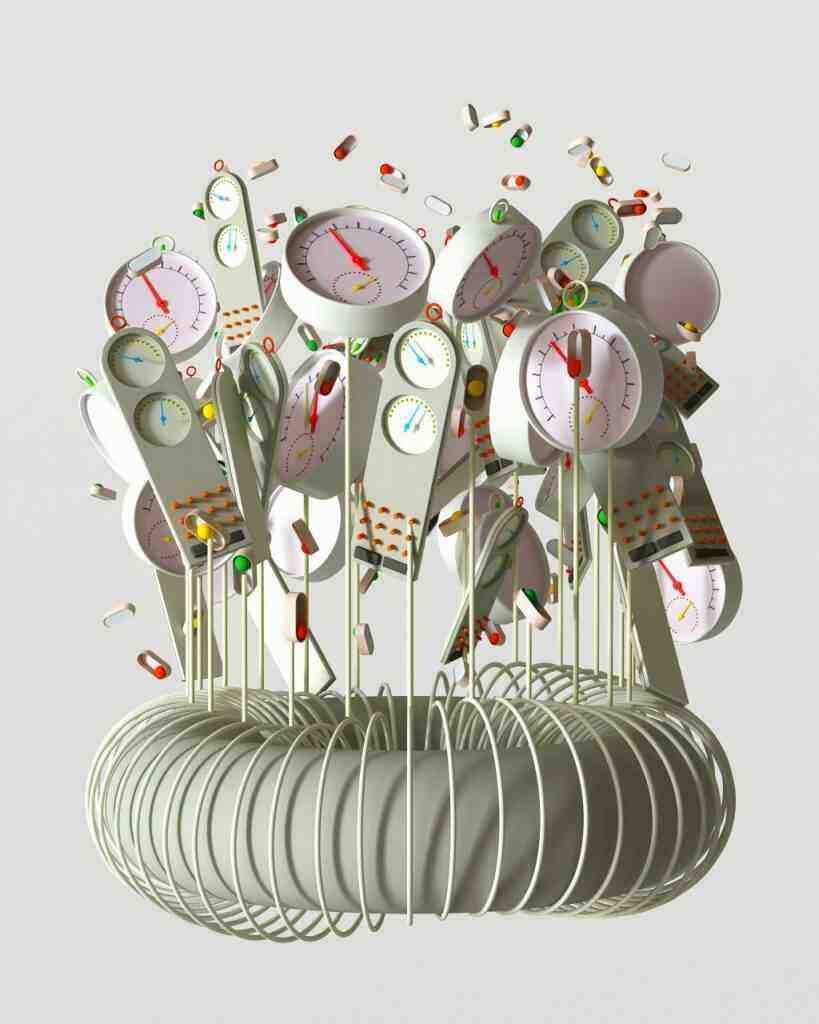The Doomsday Clock: A Visual Metaphor for Humanity’s Proximity to Catastrophe
Introduction
In the annals of human history, the Doomsday Clock stands as a stark reminder of the precarious balance between our species and the forces of destruction. Each year, a select group of nuclear, climate, and technology experts gather to determine the position of its hands, a visual metaphor for humanity’s proximity to global catastrophe. Measured in minutes and seconds to midnight, the closer the hands draw to the fateful hour, the greater the perceived risk.
The History of the Doomsday Clock
The genesis of the Doomsday Clock can be traced back to 1947, a time when the world was still reeling from the devastation of World War II and the dawn of the atomic age. It was in this climate of fear and uncertainty that the Bulletin of the Atomic Scientists, a non-profit organization founded by Albert Einstein and other Manhattan Project scientists, introduced the Doomsday Clock. Initially set at seven minutes to midnight, the clock reflected the heightened sense of urgency surrounding the nuclear threat posed by the atomic bomb.
Over the ensuing decades, the clock’s hands have been adjusted 25 times, mirroring significant events and evolving threats. During the Cold War’s tense years, the clock moved closer to midnight, reflecting the heightened nuclear tensions. Conversely, during periods of relative stability, the hands retreated, offering a glimmer of hope.
The Current Setting of the Doomsday Clock
In 2023, the Doomsday Clock was set at 90 seconds to midnight, the closest it has ever been to the brink of catastrophe. This somber decision reflects the Bulletin’s grave assessment of four key sources of risk: nuclear weapons, climate change, biological threats, and advances in artificial intelligence (AI).
Nuclear Weapons
The specter of nuclear weapons continues to cast a long shadow over humanity’s future. Ongoing conflicts involving nuclear-weapon states, the erosion of nuclear arms control agreements, and the modernization of nuclear arsenals contribute to this persistent threat. The Bulletin warns that even a limited nuclear exchange could have catastrophic consequences for the planet.
Climate Change
The escalating climate crisis poses another dire threat to our world. Rising temperatures, increasingly extreme weather events, and disruptions to ecosystems are already causing widespread devastation. The world is falling short of the goals set by the Paris climate agreement, making the likelihood of catastrophic climate disruptions more probable.
Biological Threats
The COVID-19 pandemic served as a stark reminder of the vulnerability of our globalized world to biological threats. The potential for engineered pandemics, the continued existence of biological weapons programs, and the shifting disease risk due to climate change pose significant challenges.
Advances in Artificial Intelligence (AI)
While AI holds immense promise for solving some of humanity’s most pressing problems, it also raises concerns about its potential misuse. AI could be used to enhance nuclear or biological weapons or to manipulate information and undermine democratic processes. The Bulletin emphasizes the need for careful consideration and regulation of AI development.
Criticisms of the Doomsday Clock
The Doomsday Clock has not escaped criticism. Some argue that it is based on subjective judgments and lacks a transparent methodology. Critics contend that it is not a precise measurement and that it is unclear what “90 seconds to midnight” actually signifies.
The Value of the Doomsday Clock
Despite these criticisms, the Doomsday Clock serves a valuable purpose as a symbolic representation of the global catastrophic risks facing humanity. It captures the sense of urgency and the need for collective action to address these threats.
While the clock is not a risk assessment, it can inspire efforts to understand and assess the greatest threats we face and to develop strategies for mitigating these risks. It serves as a call to action for governments, scientists, and citizens worldwide to work together to reduce the risks and ensure a safer and more sustainable future for all.
Conclusion
The Doomsday Clock stands as a stark reminder of the precariousness of our current situation and the need for global cooperation and action to address the existential threats facing humanity. It serves as a call to action for governments, scientists, and citizens worldwide to work together to reduce the risks and ensure a safer and more sustainable future for all.
